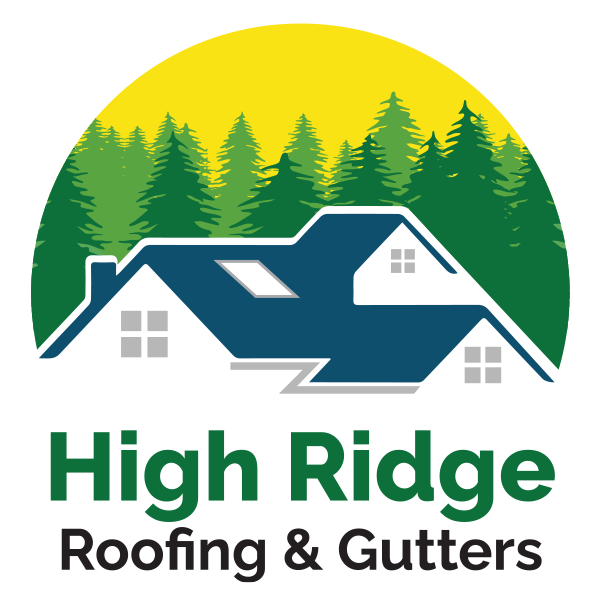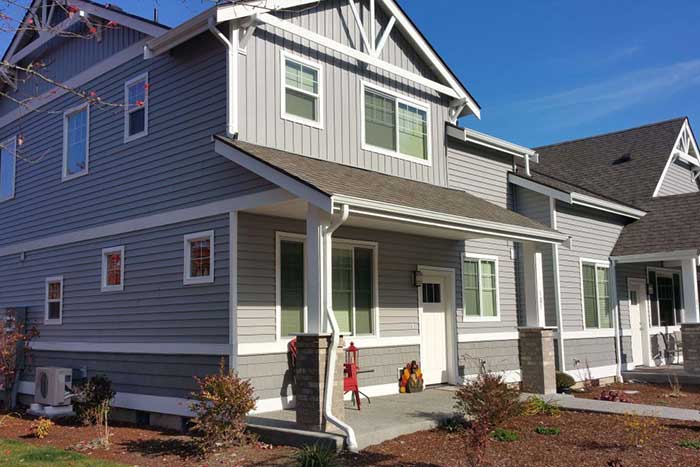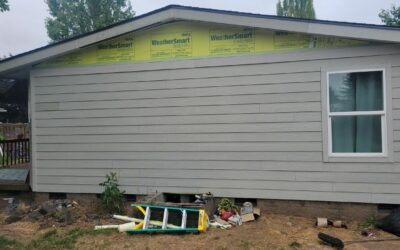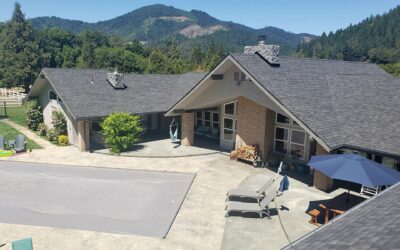Your roof is one of the most important parts of your home, protecting you from the elements and keeping your interior safe and dry. So, when it is time to replace your roof, you will want to choose a material that is durable, affordable, and aesthetically pleasing. But the options can seem overwhelming and choosing the right roofing material for your home can seem like a daunting task.
From traditional asphalt shingles to eco-friendly options like metal tiles and green roofs, there are different types of roofing materials to choose from, each offering its own unique benefits and characteristics. But to narrow down your search, here are 10 types of roof tiles that you should consider for your home during a roof replacement while you finalize your roofing service.
Asphalt Shingles
Among the different types of roofs, asphalt shingles are the most popular type of roofing in North America, and for good reason. They are affordable at only $1.50 to $5.50 per sq.ft., easy to install, and come in a variety of colors and styles. Asphalt shingles are also relatively low-maintenance, although they will need to be replaced every 15-20 years. Since they can complement any architectural style, they are the most preferred by homeowners.
Metal Roofing
Metal roofing is one of the best types of roof tiles for homeowners who want a durable, long-lasting roof. Metal roofs can last for 40-80 years or even longer, and they are resistant to fire, wind, and hail. Metal roofs can also be very energy-efficient, reflecting sunlight and helping to keep your home cooler in the summer. Because of its durability, the cost of metal roofing ranges from $6 to $14 per sq. ft.
Clay Tile Roofing
Clay tile roofing offers a timeless aesthetic and exceptional durability, making it a popular choice for Mediterranean and Spanish-style homes. While clay tiles are more expensive than other roofing materials costing between $10 to $18 per sq. ft., they can last for over 100 years with minimal maintenance.
Concrete Tile Roofing
Available in a variety of colors and styles, concrete tiles can mimic the look of slate, wood, or clay at a fraction of the cost. Concrete roofing combines the durability of concrete with the aesthetic appeal of traditional clay tiles. It costs anywhere between $4 to $7 for a square foot, making it a mid-premium investment.
Wood Shingles and Shakes
Wood shingles and shakes can give your home a rustic charm and warmth to any home, making them a popular choice for cabins and cottages. However, wood roofs are more susceptible to fire, rot, and insect damage than other types of roofing. They also require more maintenance than other options and their price averages $5 to $7 per square foot.
Slate Roofing
Slate roofing is prized for its natural beauty, longevity, and resistance to fire, mold, and pests.
While slate roofing is one of the most expensive options, it can last for centuries and requires little maintenance. Ranging from $9 to $20 per square foot, you can find many options in slate roofs, including natural, quarried, and even fiber cement and bituminous coal, which are the much more affordable synthetic alternatives of the natural material.
Green Roofing
Growing increasingly popular, green roofing is being looked at as a way to improve sustainability and energy efficiency. Green roofs are covered in vegetation, which helps insulate your home and reduce stormwater runoff.
That being said, they require a special roof structure and can be more expensive to install than traditional roofs costing $10 to $25 for each square foot. But while green roofs require specialized installation and maintenance, they offer numerous environmental benefits and can reduce energy costs.
Solar Shingles
A great option for homeowners who want to generate their own electricity, solar shingles are photovoltaic panels that are integrated into the roof itself. Solar shingles can be more expensive than traditional roofing materials, costing $21 to $25 to cover each square foot. But they can save you money on your energy bills in the long run, and you can end up with a larger benefit from the significant long-term savings and potential tax incentives.
Flat Roofing
While flat roofing systems, such as built-up roofing (BUR) and single-ply membranes, are commonly used for commercial buildings, they are just as suitable for modern residential designs. Flat roofs offer versatility, ease of installation, and ample space for rooftop amenities like gardens and outdoor living areas. They are also quite flexible in the price range, costing between $2.50 to $9 for a square foot.
Rubber Roofing
Finally, a good option for flat or low-slope roofs is rubber roofing. Rubber roofs are watertight and durable, and they can last for 30-50 years. However, rubber roofs can be expensive to install ranging between $4 to $10 per square foot. So, they can be considered as a mid-premium investment when you want to increase your property’s valuation.
Remember that the best type of roofing for your home will depend on your budget, climate, and style preferences. Consider all of your options, and if the process gets too intimidating, you can always consult with a qualified and licensed roofing contractor to determine the best roof for your needs. The roofing service professionals at High Ridge Roofing & Construction can perform a quick assessment of your requirements and help you with the different types of roofing that will be best suited for your property. Reach out to us to get started
Frequently Asked Questions
Q:- Can you repair just part of a roof?
Ans:- Yes, it is possible to repair just part of a roof. This approach is common for addressing localized damage such as leaks, missing shingles, or deteriorated sections. However, it’s essential to ensure that the repaired area integrates seamlessly with the rest of the roof to maintain structural integrity and prevent further issues.
Q:- How do you fix a leaky roof?
Ans:- To fix a leaky roof, start by identifying the source of the leak. Once located, patch the damaged area with roofing cement or sealant. For more extensive damage, replace damaged shingles or flashing. Ensure proper insulation and ventilation to prevent future leaks, and consider consulting a professional for complex repairs.
Q:- Can I repair the roof myself?
Ans:- Repairing a roof yourself is possible for minor issues like replacing shingles or sealing small leaks if you have the necessary skills and safety equipment. However, complex repairs or significant damage may require professional expertise to ensure safety and prevent further damage.
Q:- How long does it take to fix part of a roof?
Ans:- The time it takes to fix part of a roof depends on factors like the extent of damage, accessibility, and weather conditions. Minor repairs may be completed in a few hours, while more extensive work could take several days to a week or more to ensure thorough and proper repair.
Q:- Can you repair a soft spot on a roof?
Ans:-Repairing a soft spot on a roof involves identifying the underlying cause, which could be due to water damage, rot, or structural issues. To fix it, cut out the damaged area, replace any rotted materials, and reinforce the structure if necessary before patching and sealing the roof.




0 Comments